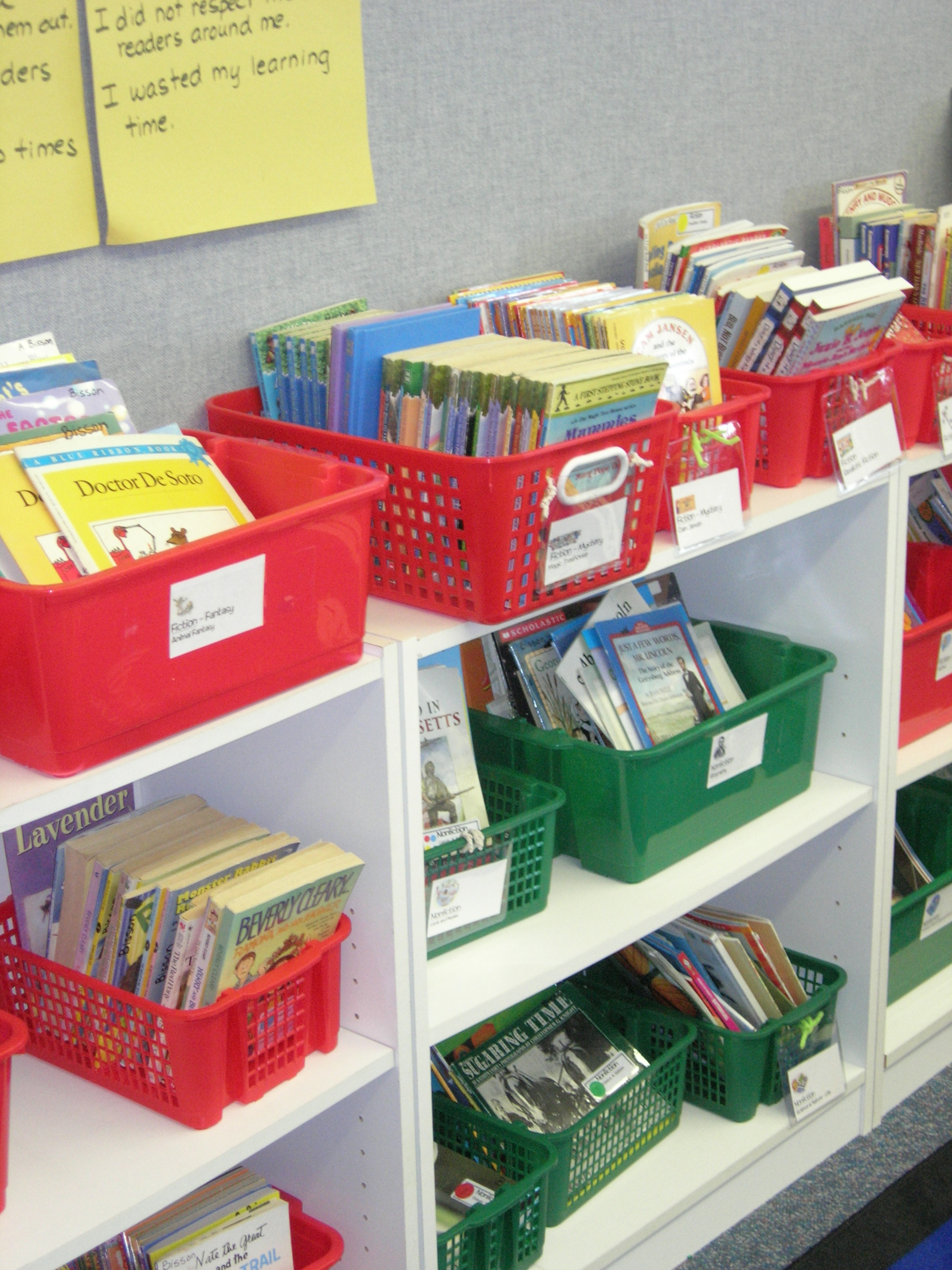Reading Licenses
When I first began teaching elementary school, the only "independent" books kids had were the books they checked out of the library. And maybe a borrowed read-aloud left of the chalk (!) ledge. Can you imagine how boring that must have been? Morphing to Reading Workshops and Daily Five gave our students opportunities to self-select books for reading independently. And of course, that was a lot more engaging for students. Kids being kids though, were they always doing the right thing at self-selection time?We teach kids explicitly how to find "just right" books that are neither frustrating nor so easy that kids don't grow as readers. In my classroom, students received a readers' license to help them remember where their proximal reading level was. (For information on how my classroom library was leveled, see The Leveled Library Project above.)The license included a digitized photo of the student created on one of the first days of school, the student's name, and a color code sticker as a reminder of what just-right-level should be the current target. Students were encouraged to choose 1 book from a level down and 1 book from a level up (the challenge) as well as 2 just-right books. I usually printed all this on a 4x6 plain index card or some heavy card stock paper.At conferencing time, the student arrived with book box and license and we'd always spend a minute or two making sure selections were a match. New color code stickers were added throughout the year as the student progressed; we'd talk about a goal or next step to work on, record that idea in the student's reading notebook and move on.Did I have students who tried to fake their way into a level because a friend was there? Some did from time to time. But I also had students who wanted to prove that they could read more challenging books. How I loved when a student was so bent on proving that higher challenging level was really "just right" that the student doubled down on effort to move forward!A "license" to read... just another way to track whether book choices match independent reading levels.
Morphing to Reading Workshops and Daily Five gave our students opportunities to self-select books for reading independently. And of course, that was a lot more engaging for students. Kids being kids though, were they always doing the right thing at self-selection time?We teach kids explicitly how to find "just right" books that are neither frustrating nor so easy that kids don't grow as readers. In my classroom, students received a readers' license to help them remember where their proximal reading level was. (For information on how my classroom library was leveled, see The Leveled Library Project above.)The license included a digitized photo of the student created on one of the first days of school, the student's name, and a color code sticker as a reminder of what just-right-level should be the current target. Students were encouraged to choose 1 book from a level down and 1 book from a level up (the challenge) as well as 2 just-right books. I usually printed all this on a 4x6 plain index card or some heavy card stock paper.At conferencing time, the student arrived with book box and license and we'd always spend a minute or two making sure selections were a match. New color code stickers were added throughout the year as the student progressed; we'd talk about a goal or next step to work on, record that idea in the student's reading notebook and move on.Did I have students who tried to fake their way into a level because a friend was there? Some did from time to time. But I also had students who wanted to prove that they could read more challenging books. How I loved when a student was so bent on proving that higher challenging level was really "just right" that the student doubled down on effort to move forward!A "license" to read... just another way to track whether book choices match independent reading levels.